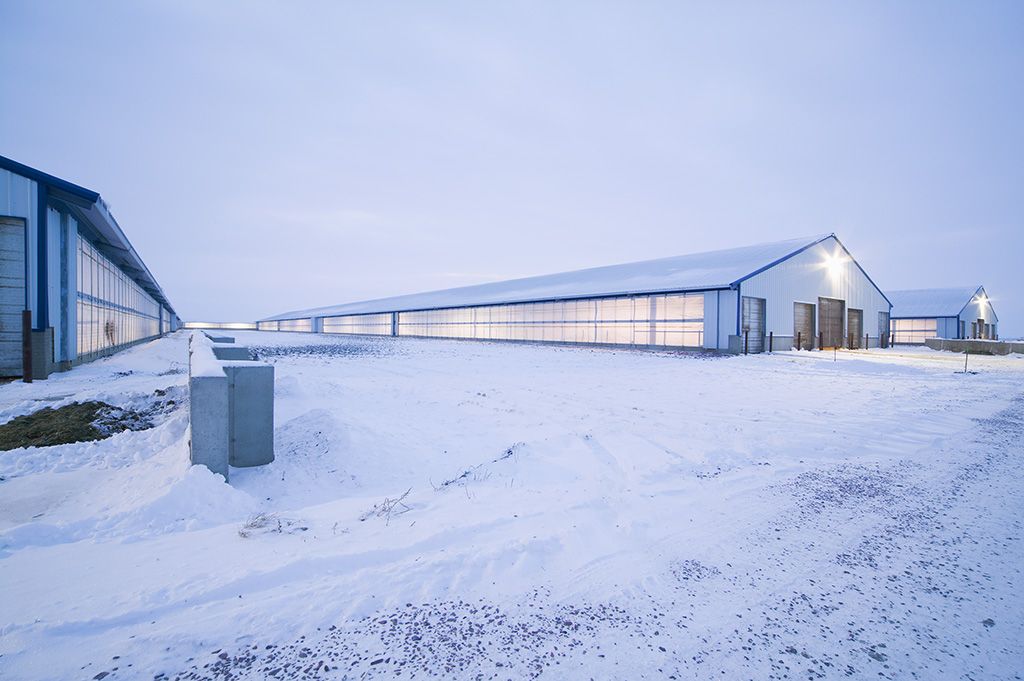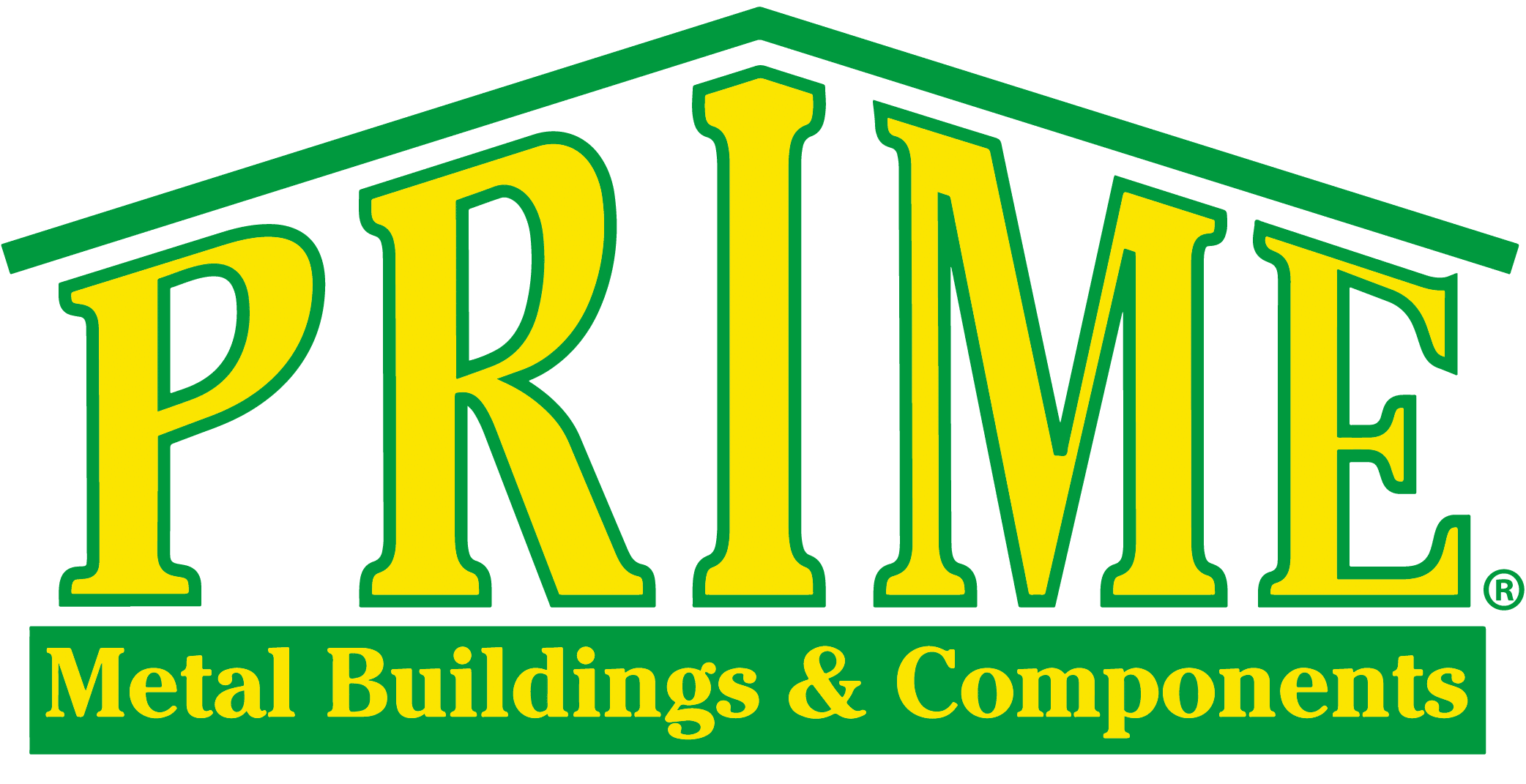August 2, 2023
Jessica Byrd, Prime Metal Buildings & Components
Dairymen understand that weather is one factor they have little control over. From droughts and floods to snow and extreme heat, the climate of a farm can make or break the operation. Cow comfort is the common goal in the dairy industry. Afterall, comfortable cows produce higher volumes of milk. And guess what plays a big factor in cow comfort… you guessed it, the weather and climate!
Summer Heat:
The ideal temperature range for Dairy cattle is 25-65 degrees Fahrenheit? When the temperature reaches above 80 degrees, cows often will decrease their feed intake, affecting their milk production and, in some cases, their fertility. Misters, fans, and sprinklers are undeniably beneficial to cattle during hot weather, but it’s possible that the greatest tool in combatting extreme heat is the design of the barns themselves.
Freestall barns in summer climates: Freestall barns are a great option for an operation looking to grow because of how easily they can be added on to in the future. These barns allow protection from the hot summer sun, while still providing sufficient natural airflow and ventilation throughout the clear-span building.
Cross-Ventilation Barns in Summer Climates: For operations that have a need for greater climate control, a cross-ventilated barn is the best option. Cross-ventilated barns feature a fan and baffle system that work together to allow the dairyman to control temperatures year-round. Additional benefits of cross-ventilated barns include reduced ammonia, improved air quality, more housing under one roof, a smaller site footprint, fly and bird control, and less parlor-to-barn travel.
Winter:
Dairy cows are far less susceptible to cold stress than heat stress, but that doesn’t mean they won’t need a little assistance in the extremes. A cow’s thick winter coat will keep her comfortable and producing normally until temperatures reach around 20 degrees. Similarly to heat stress, cows under cold stress will decrease their milk production and can also suffer from weight loss, sickness, and hypothermia. With proper shelter, cattle can comfortably sustain weather temperatures below 20 degrees without dropping milk production. While shelter is one of the key components to having happy, healthy cattle in the winter, the most important factor is ventilation. Natural Ventilation specialist Rick McBay states: “The rule of thumb is ‘cold and dry is better than warm and damp.’” Cows are constantly producing heat and moisture, and without proper ventilation, there will quickly become an overproduction of moisture, smells, and ammonia. This overproduction of moisture in the barn can even lead to humidity rising, and freezing components on the insides of your barns, which can damage a barn’s structure. Speaking of the structure of the barn… if a dairy farm is in a climate that receives heavy snow, the barn structure must be engineered to sustain heavy snow loads.
Factors to consider when building for heavy snow loads are:
- Your building material: Steel is one of the strongest building materials available.
- Your area’s typical snow load: Prime takes a proactive, collaborative approach when it comes to designing your dairy facility. This approach helps the design and building process be smooth and efficient. This approach also helps us ensure that your building is built to sustain the weather elements it is given. Snow load damage can be detrimental to your facility, which is why it’s important to study your area’s typical snow load to keep in mind when designing your building. By controlling the spacing of purlins and trusses, Prime will do its best to prepare your facility for the worst.
- Roof Pitch: The roof pitch of your barn is imperative to whether the building can withstand snow loads. By creating a steeper pitch, the snow is more likely to gradually slide off, rather than gathering on the roof, and later creating a roof avalanche that could damage your gutters, your cattle, or even you!
Freestall barns in winter climates: For areas will mild winters, freestall barns are a great option. By adding endwalls, sidewalls or curtains you can create the proper wind block for your cattle while not hindering ventilation through the facility.
Cross-Ventilated Barns in Winter Climates: Cross-Ventilated barns were created to maximize the comfort of the cow. Both in Winter and Summer, the conditions inside the barn remain similar. When the conditions are kept at a comfortable temperature for the cattle (25-65 degrees), milk production is increased. Decreased barn-to-barn travel prevents exposure to the elements during the winter months while the smaller site footprint helps to increase efficiency.
Designing a building specifically to your climate can be a daunting task… but Prime has you covered! Having designed and manufactured over 300 dairy projects across the United States in the last 25 years, we understand the challenges you may encounter. Prime will work with you to create the perfect buildings for your facility while keeping the costs as minimal as possible.







